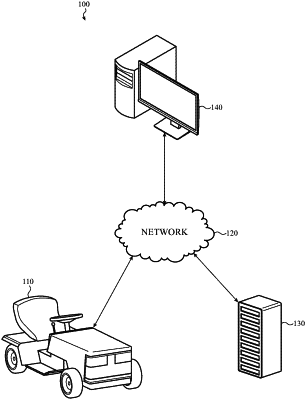| CPC A01D 34/008 (2013.01) [A01D 34/74 (2013.01); G05B 19/4155 (2013.01); G05D 1/0022 (2013.01); G05D 1/0088 (2013.01); G05D 1/0214 (2013.01); G05D 1/0219 (2013.01); G05D 1/0246 (2013.01); A01D 2101/00 (2013.01); G05B 2219/31003 (2013.01); G05B 2219/40224 (2013.01); G05B 2219/45068 (2013.01); G05B 2219/50391 (2013.01)] | 18 Claims |

|
1. A method of operating an at least partially autonomous lawn mowing system, comprising:
at an unmanned lawn mower operable in an autonomous mode and in a remote-operated mode:
in the autonomous mode:
navigating from an initial location to a mow operation start point, comprising:
receiving navigation commands from a remote operator; and
in response to receiving the navigation commands, following a first path at least partially defined by the navigation commands to move from the initial location to the mow operation start point;
receiving a representation of an area to be mowed;
receiving a command to initiate a mow operation of the area to be mowed;
upon receiving the command to initiate the mow operation:
engaging a cutting mechanism;
receiving image data from a camera system attached to the unmanned lawn mower;
providing the image data as an input to a predictive model service;
receiving an output from the predictive model service, the output at least partially defining a second path within the area to be mowed; and
navigating the unmanned lawn mower along the second path within the area to be mowed;
determining that the mow operation is complete; and
in response to determining that the mow operation is complete:
disengaging the cutting mechanism; and
returning to the initial location;
transitioning from the autonomous mode to the remote-operated mode; and
in the remote-operated mode:
determining, using at least one sensor on the unmanned lawn mower, spatial information of one or more objects proximate to the unmanned lawn mower;
determining a communications latency between the unmanned lawn mower and a computer system associated with the remote operator;
generating, based at least in part on the spatial information and the communications latency, a predicted environment of the unmanned lawn mower;
displaying the predicted environment to the remote operator; and
receiving, at the unmanned lawn mower, an operational command from the remote operator while the predicted environment is displayed to the remote operator, the operational command configured to steer the unmanned lawn mower.
|